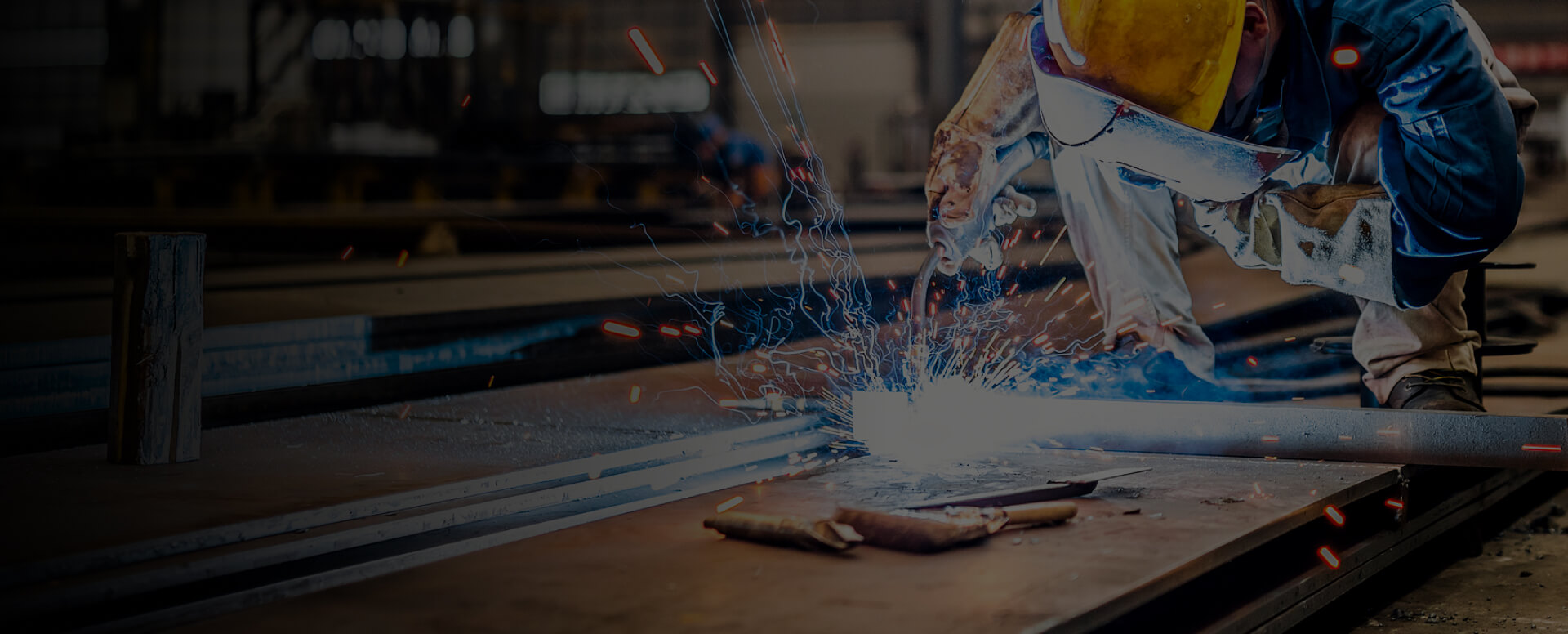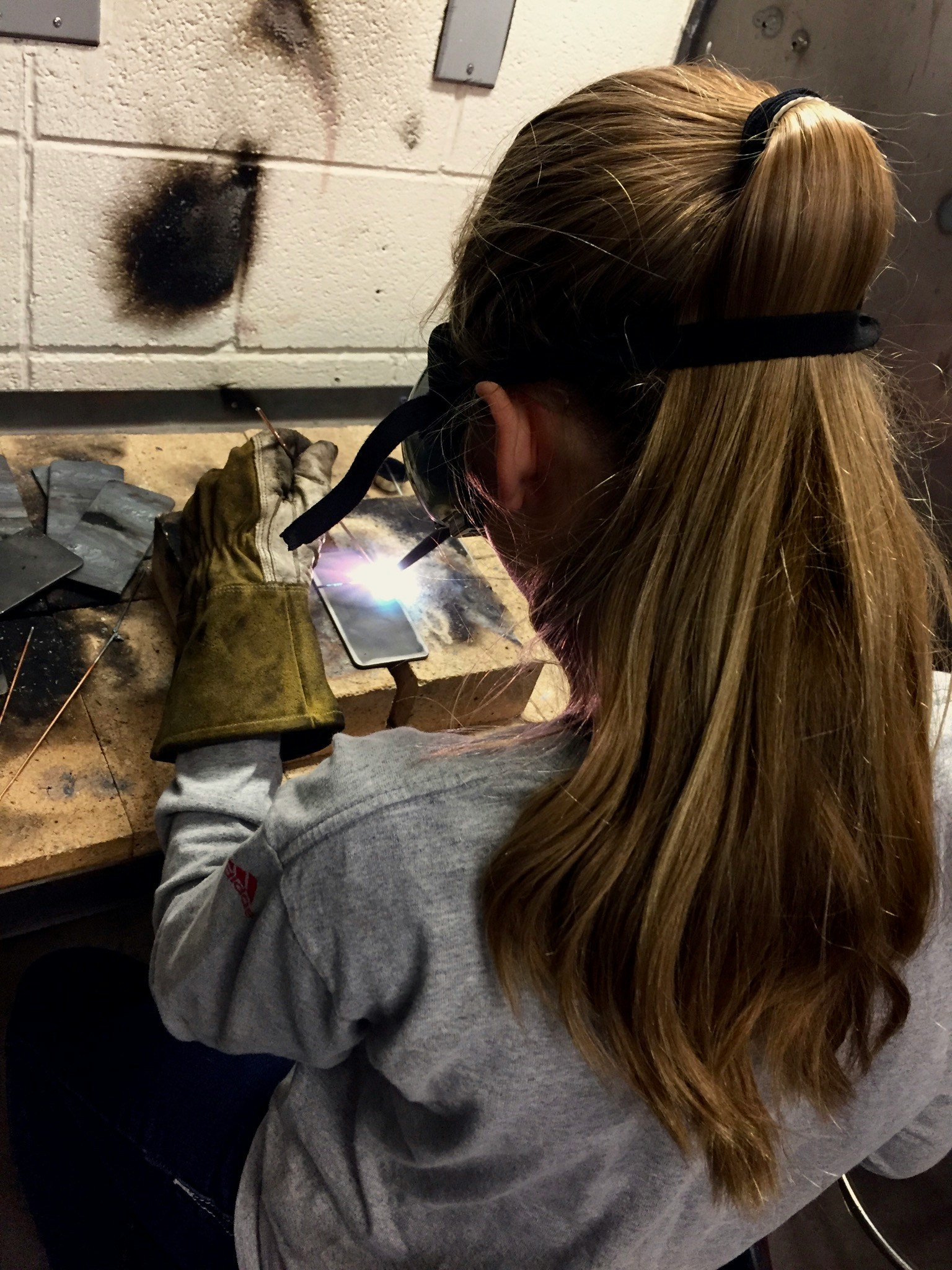
Plasma cutting can induce localized hardening in the heat-affected zone (HAZ), with the extent of this hardening depending on factors such as cutting speed and steel composition. This article examines the mechanisms, research findings, and practical implications of plasma-induced hardening.
How Plasma Cutting Works
Mechanisms of Steel Hardening
Cutting speed: Faster speeds reduce heat input, minimizing HAZ size. Steel type: High-carbon and alloy steels are more prone to hardening. Gas selection: Inert gases like nitrogen may reduce oxidation-related brittleness.
Research and Industry Findings
Academic studies confirm HAZ hardness increases, particularly in medium/high-carbon steels. Industry reports emphasize optimizing cut parameters to control hardening. Pre- or post-cut heat treatment (e.g., preheating, tempering) can mitigate unwanted hardness.
Practical Implications
Stress relieving (~$50–100/hour) reduces residual stresses.
Energy consumption: 10–50 kWh per operation (~$1–5 at average rates).
Optimizing Cuts to Reduce Hardening
Select appropriate gases (e.g., argon-hydrogen for stainless steels). Implement automated height control to maintain consistent arc distance.
Related Articles

Mastering MIG And TIG Welding: 5 Essential Torch Techniques for Flawless Results
Welding is an art that combines precision, skill, and a deep understanding of materials. Whether you're an experienced professional or a beginner, refining your torch techniques in MIG and TIG welding can elevate your work from functional to exceptional. Here are five key methods to help you achieve

Manual vs. Robotic Welding: Key Differences and Applications
Manual welding relies on human skill to perform joins, while robotic welding utilizes programmed machinery to achieve precision and efficiency. Understanding the distinctions between these methods helps in selecting the right approach for specific projects.Precision and ConsistencyManual Welding: Qu

Do You Need a Mask for Plasma Cutting?
Yes, wearing proper respiratory protection is essential when operating a plasma cutter. A well-chosen mask protects operators from hazardous fumes, airborne particles, and indirect radiation exposure, making it a non-negotiable part of plasma cutting safety protocols.Primary Hazards of Plasma Cuttin

How Cost-effective Is The Hot Wire TIG System?
Tungsten Inert Gas (TIG) welding is celebrated for its ability to create exceptionally clean and high-integrity welds. A key factor limiting its wider application on thicker materials, however, is its relatively slow speed. Hot Wire TIG welding addresses this limitation head-on, representing an adva

What Are The Differences between Laser Cutting And Plasma Cutting?
Laser Cutting vs Plasma Cutting: Key Differences, Applications & Cost AnalysisLaser cutting and plasma cutting are two distinct industrial cutting processes that utilize different technologies. Laser cutting employs a focused light beam, while plasma cutting uses ionized gas to slice through materia

Metals Suitable for MIG Welding And Its Challenges
MIG welding, also known as Gas Metal Arc Welding (GMAW), is widely used across industrial and hobby applications due to its versatility and ability to join a variety of metals. However, some metals—including titanium alloys—pose challenges due to their reactive nature and other inherent properties.C

